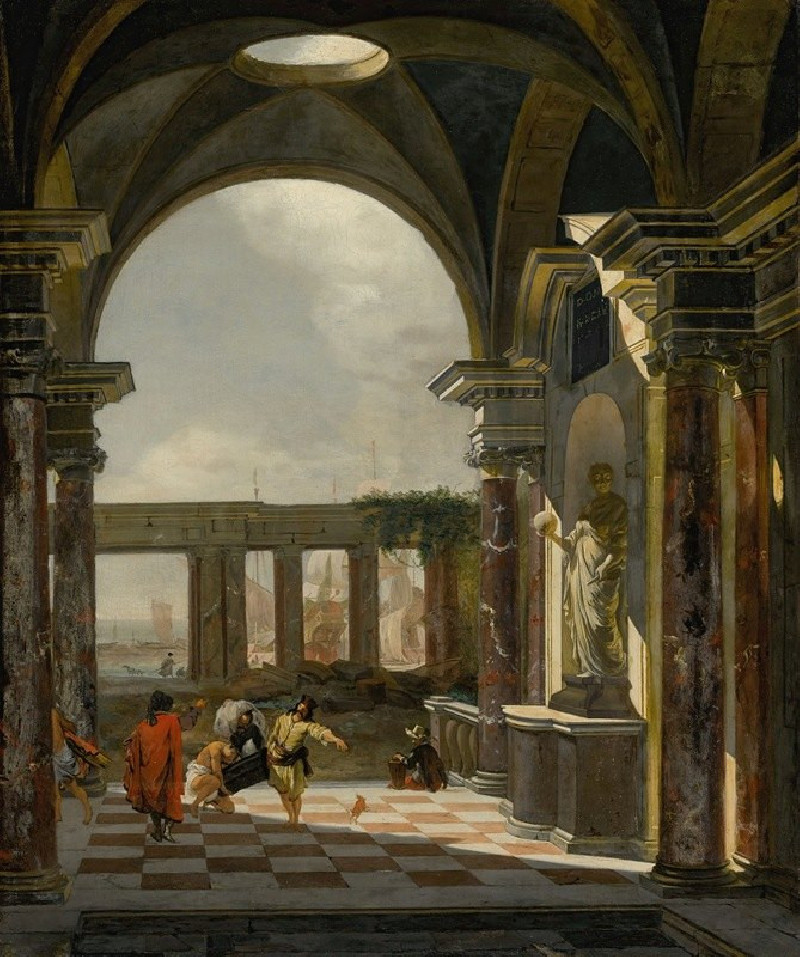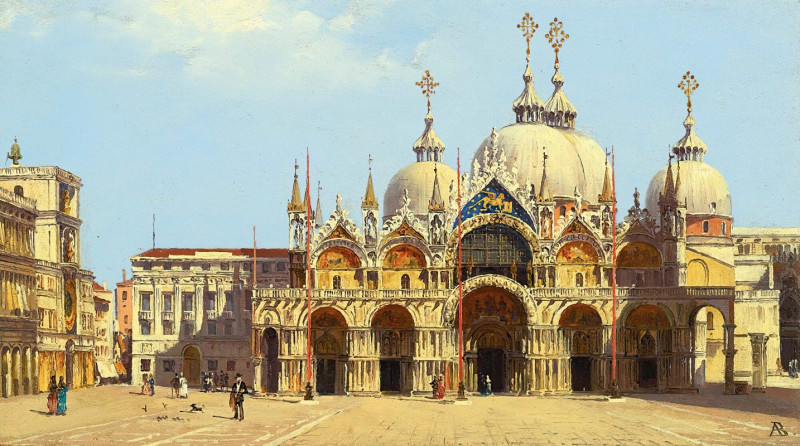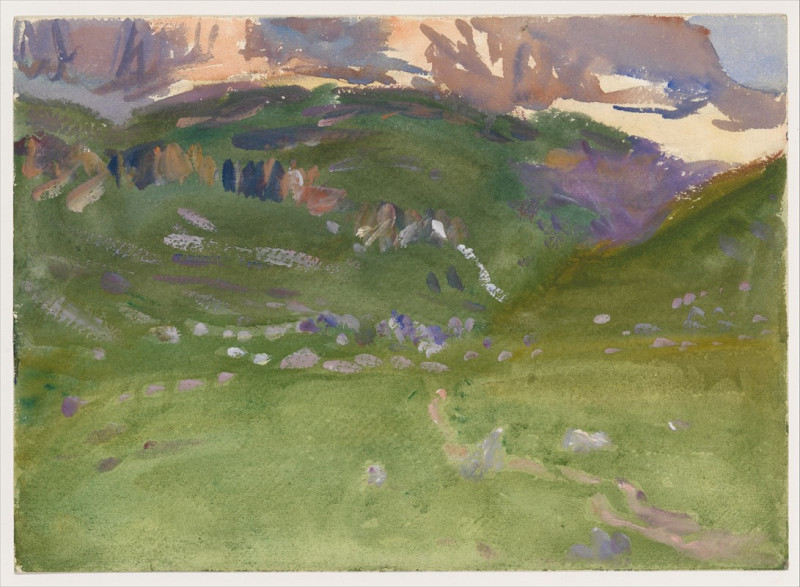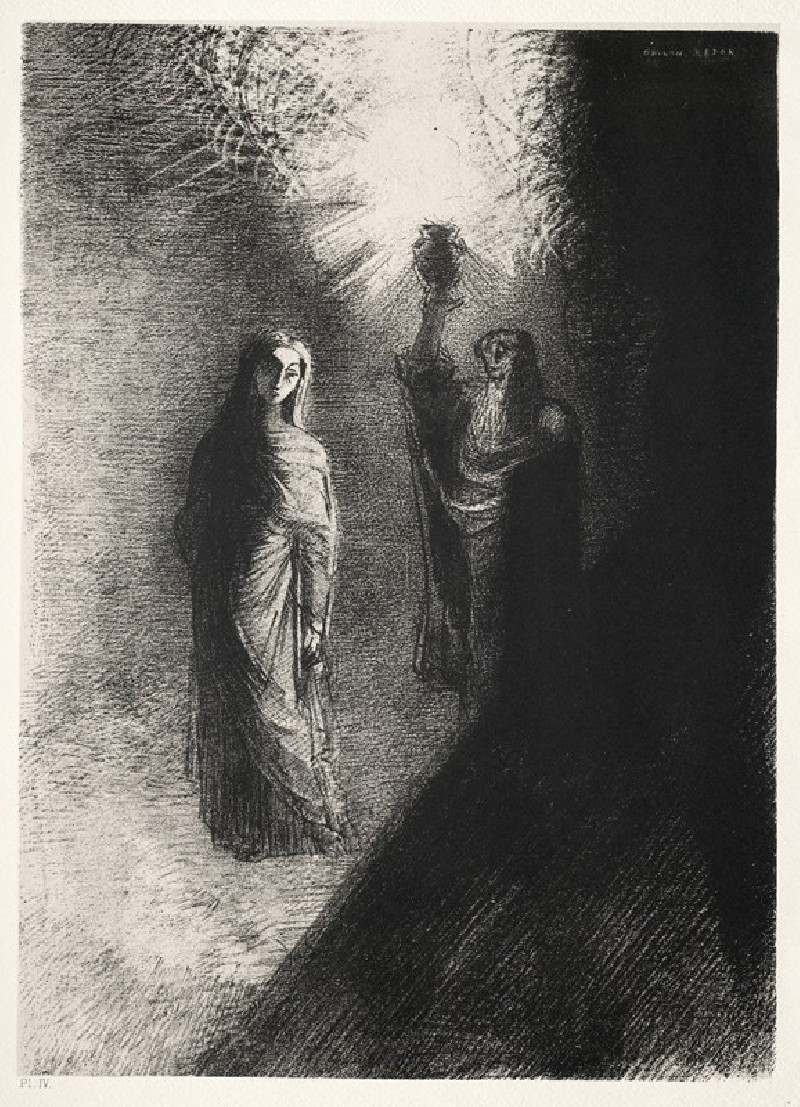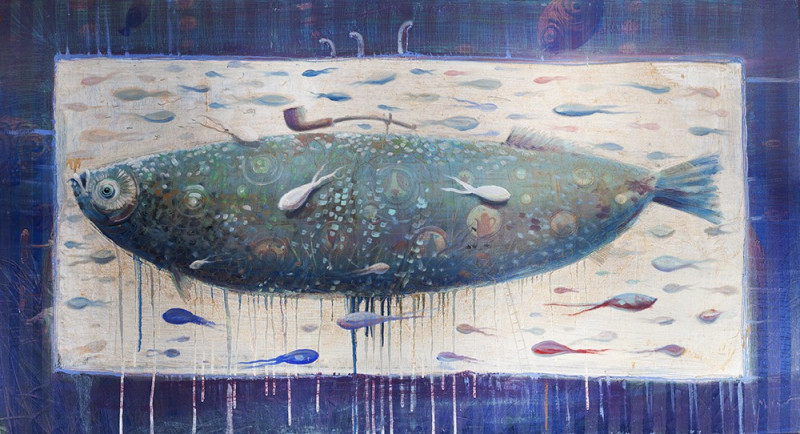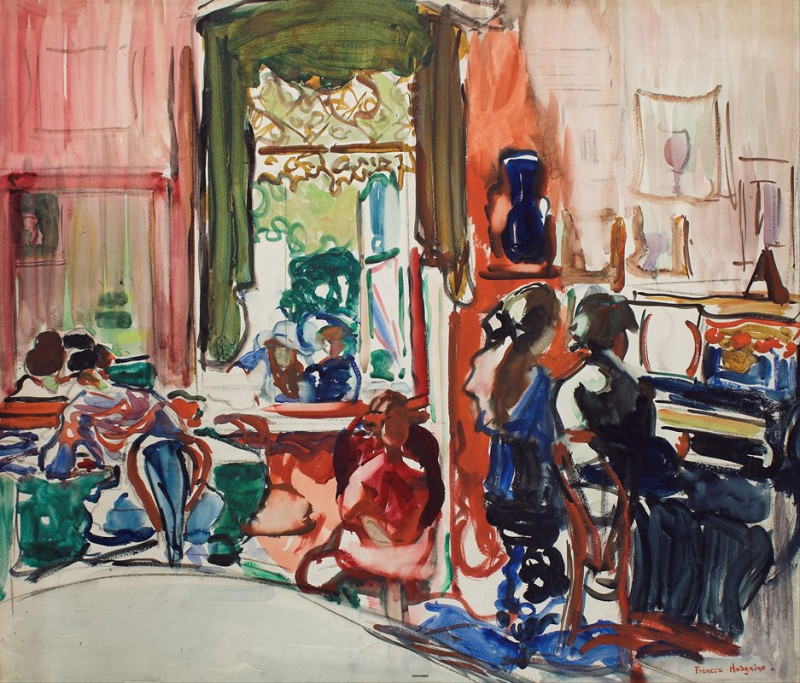Saint-Tropez (1895)
Technique: Giclée quality print
Recommended by our customers
More about this artwork
"Saint-Tropez" by Paul Signac, painted in 1895, captures the quaint charm and vibrant energy of the French Riviera through the lens of neo-impressionism. This waterfront scene, alive with the movement of sailboats, bustles against a backdrop that showcases the distinctive architecture of Saint-Tropez. Signac’s mastery in the pointillist technique is evident, although here he adopts a more freely brushed style, allowing for a dynamic interplay of color and light.The composition is lively yet serene, featuring boats in the foreground tethered loosely, bobbing gently on the reflective turquoise waters. Beyond the sails, the town stretches, depicted in bright, playful colors, suggesting the warm, golden sunlight typical of this coastal locale. The painting's loose, sketch-like quality gives it an immediacy and a sense of being in the moment, a visual journal entry from Signac’s travels.This work not only highlights Signac's signature use of color but also his ability to capture the essence of a landscape, transforming it into a vivid, enduring impression on canvas.
Delivery
Returns
Paul Signac (1863-1935) was a French Neo-Impressionist painter. Together with Georges Seurat, Signac developed the Pointillism style. He was a passionate sailor, bringing back watercolor sketches of ports and nature from his travels, then turning them into large studio canvases with mosaic-like squares of color. He abandoned the short brushstrokes and intuitive dabs of color of the impressionists for a more exact scientific approach to applying dots with the intention to combine and blend not on the canvas, but in the viewer's eye.

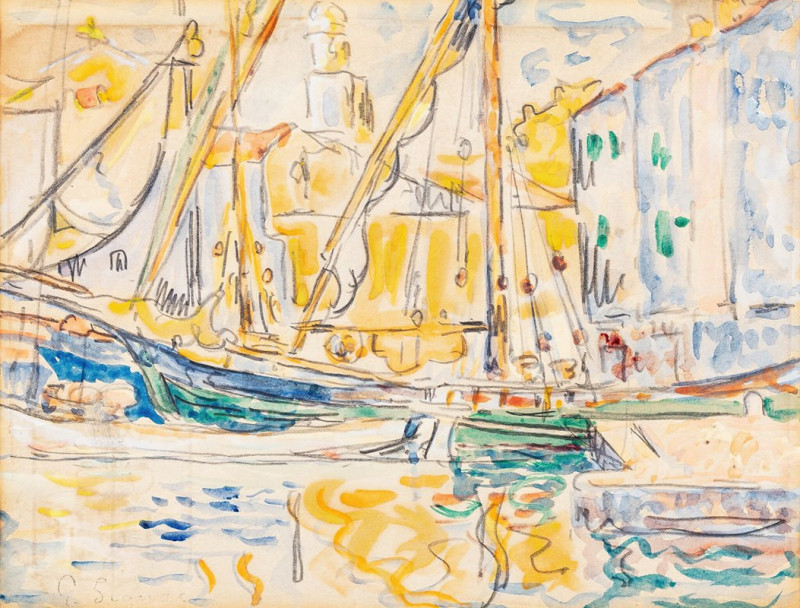
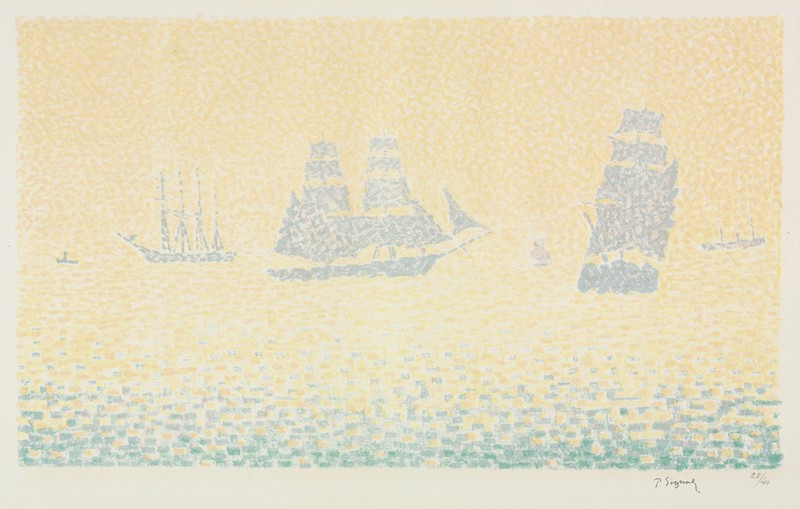

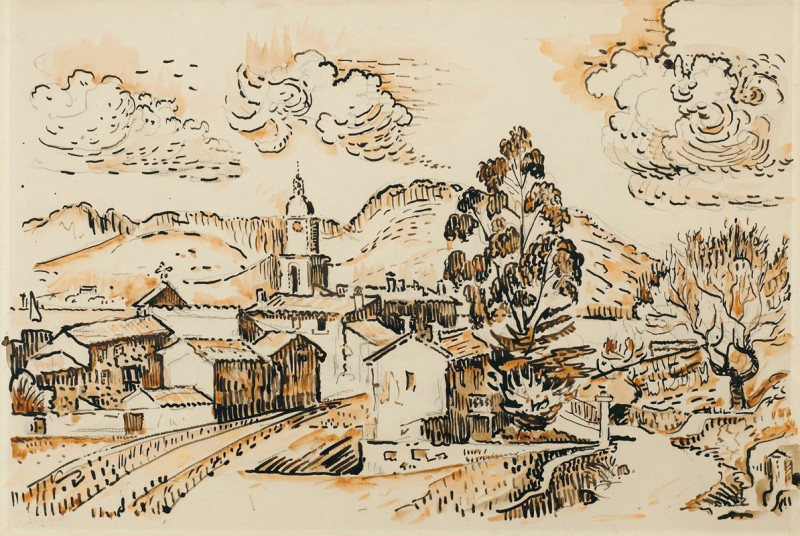

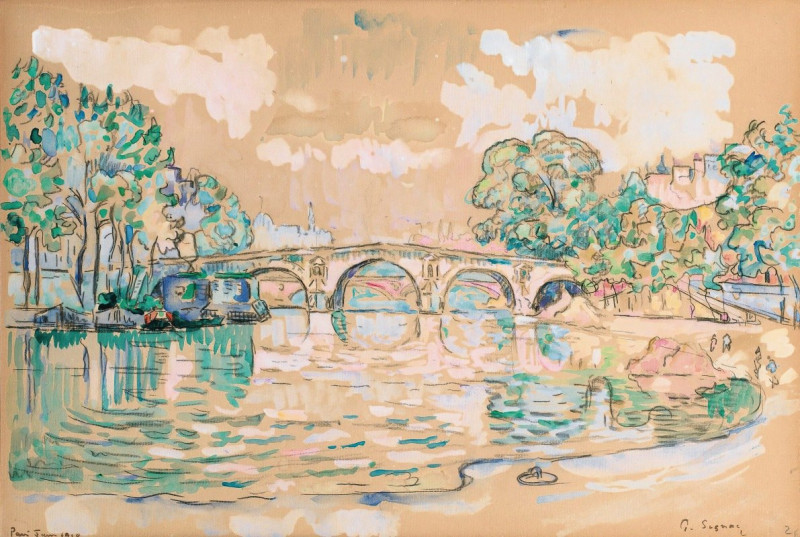
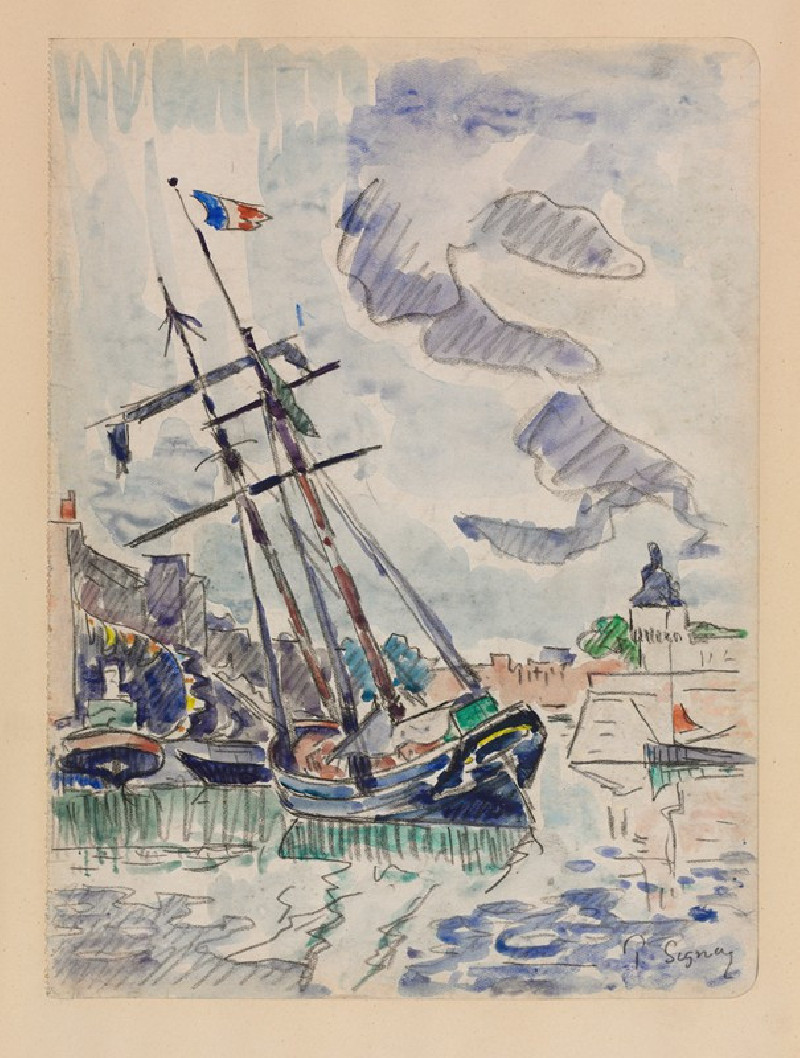


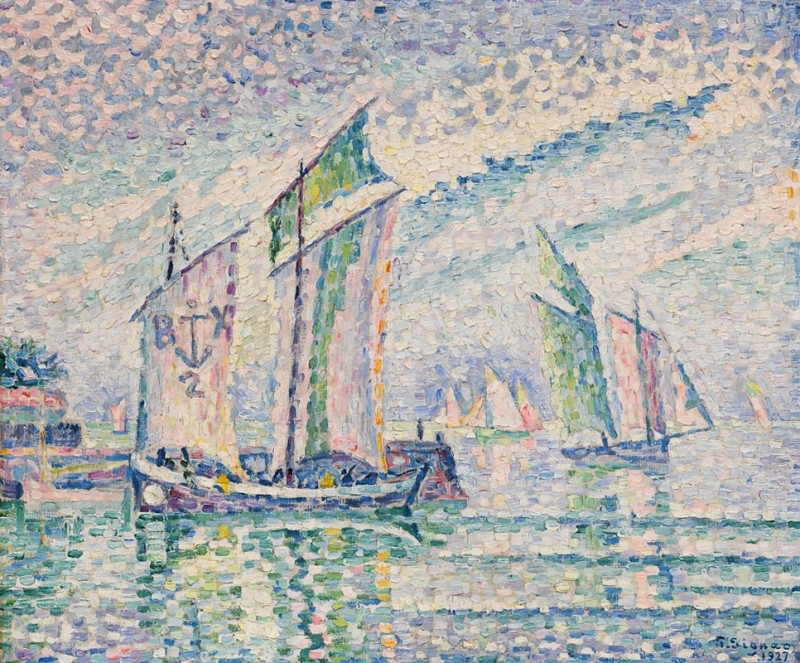
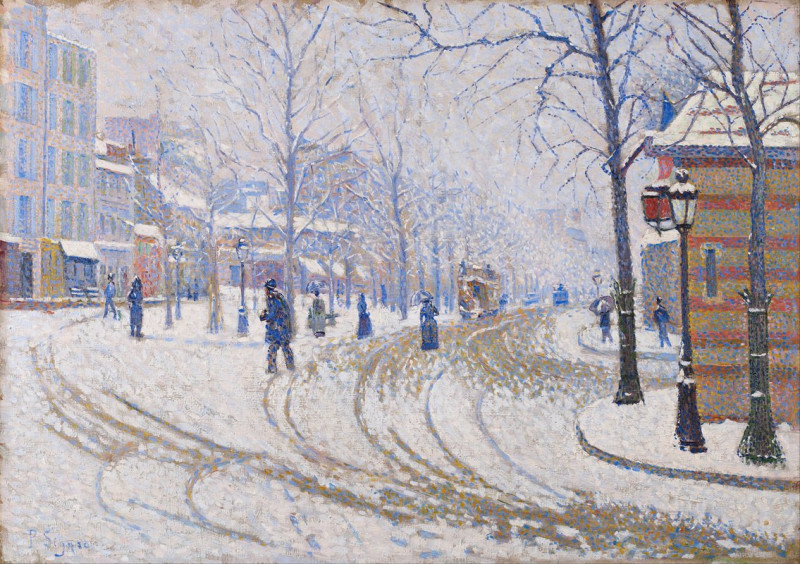
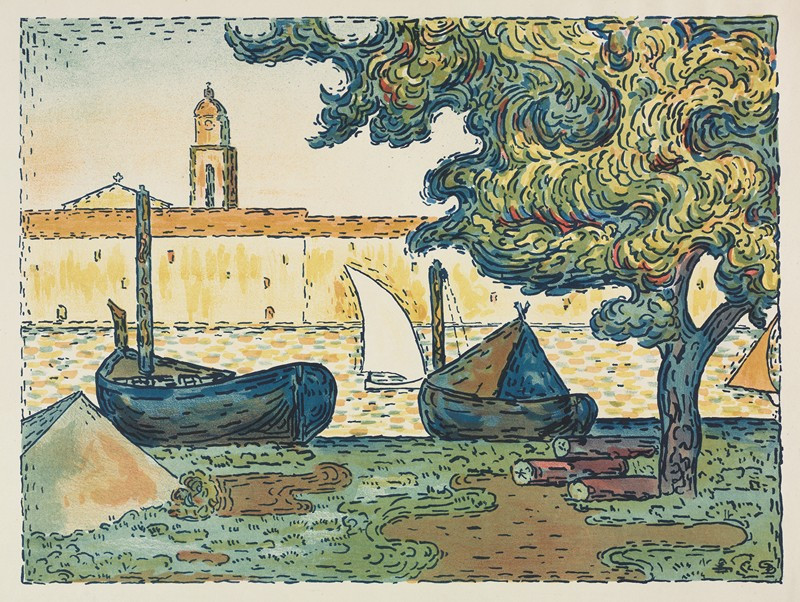


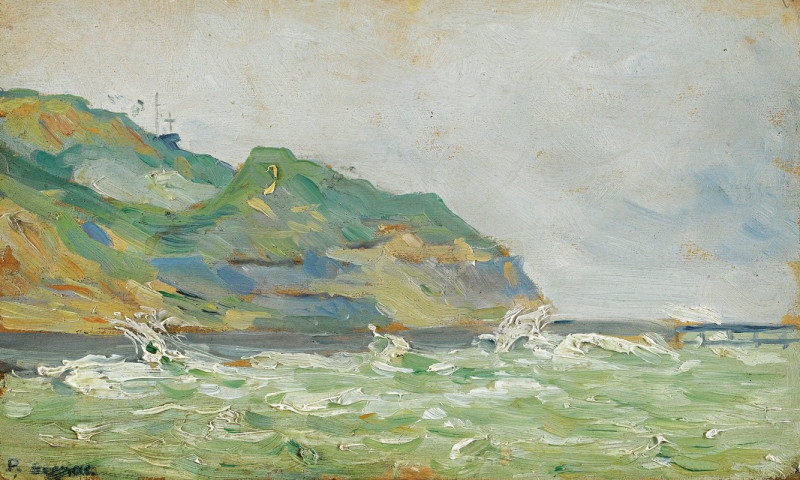
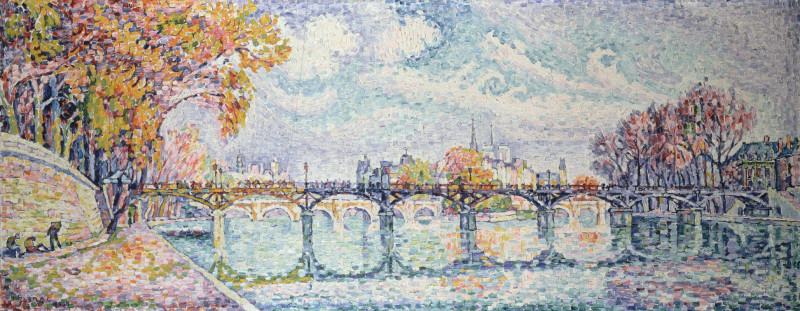
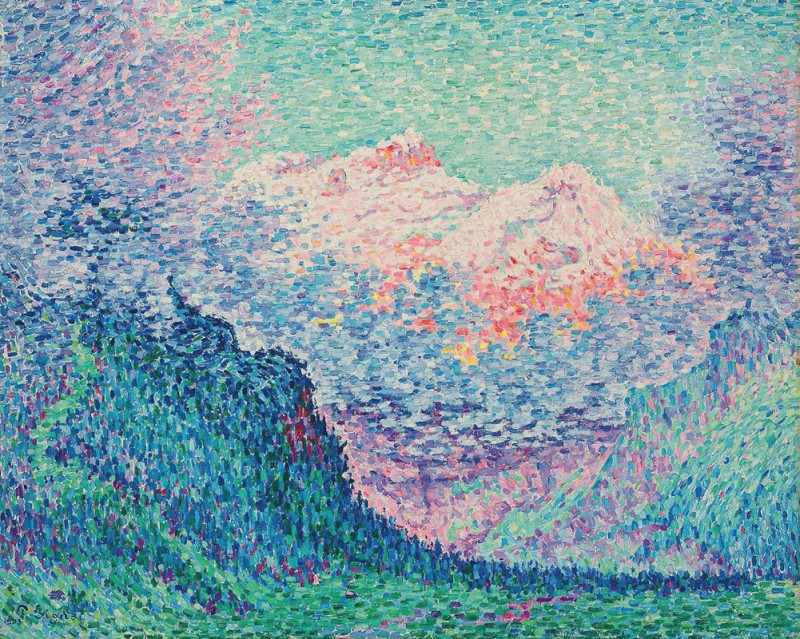

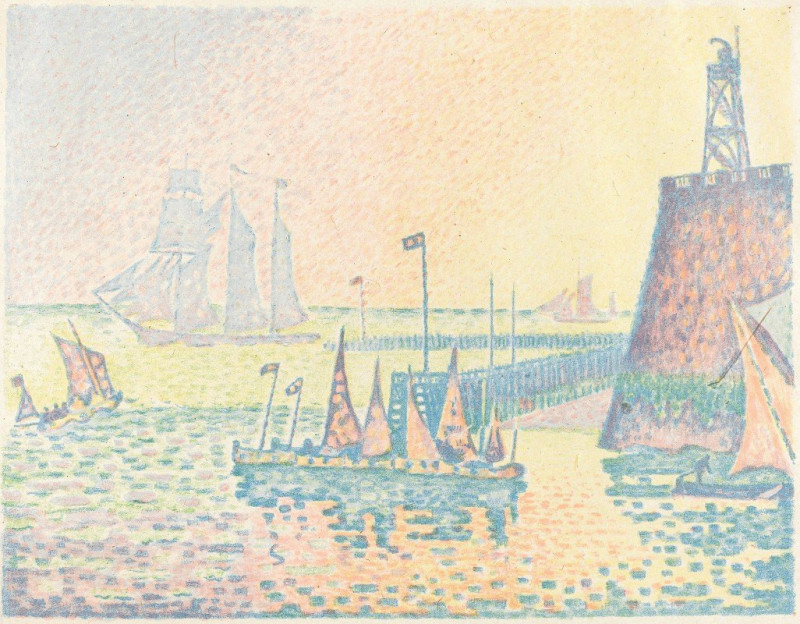
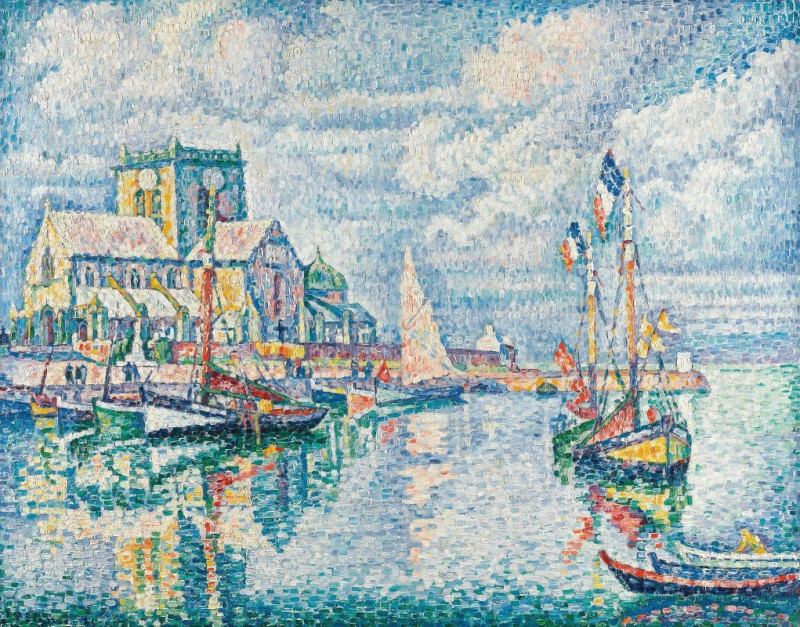

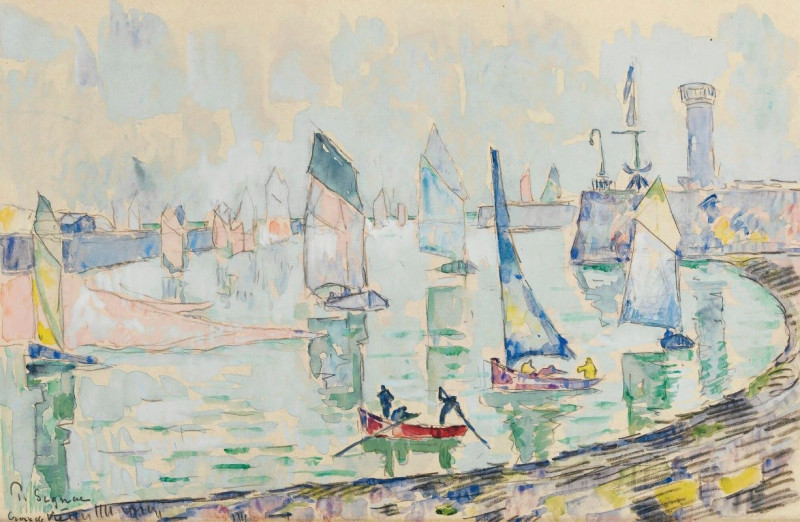

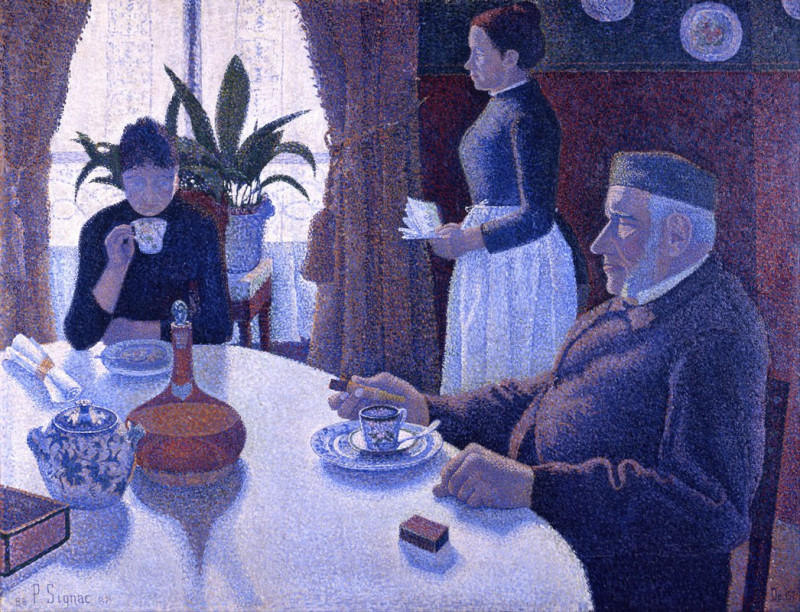
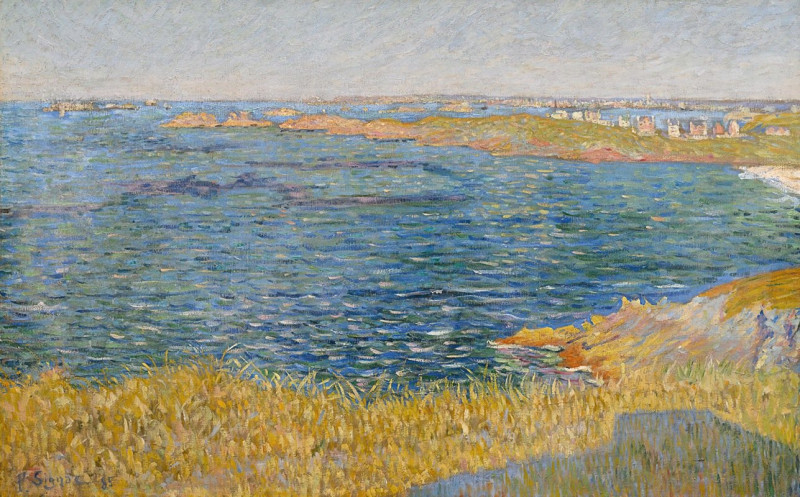
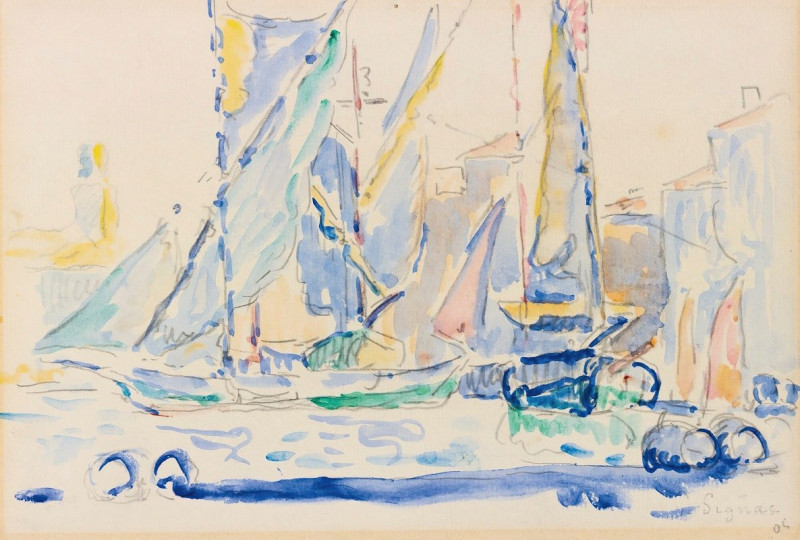
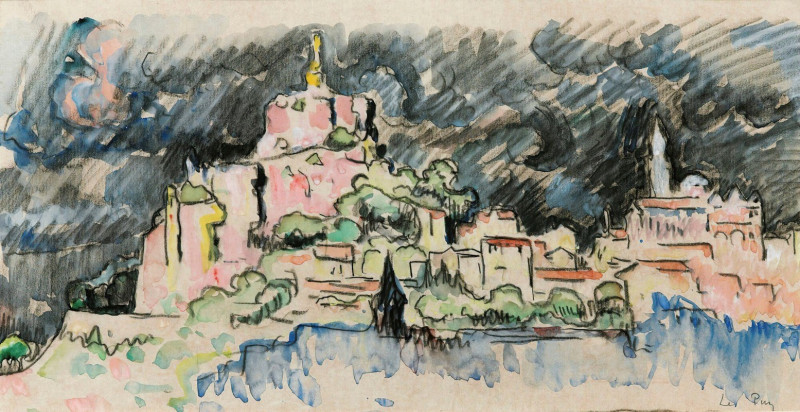
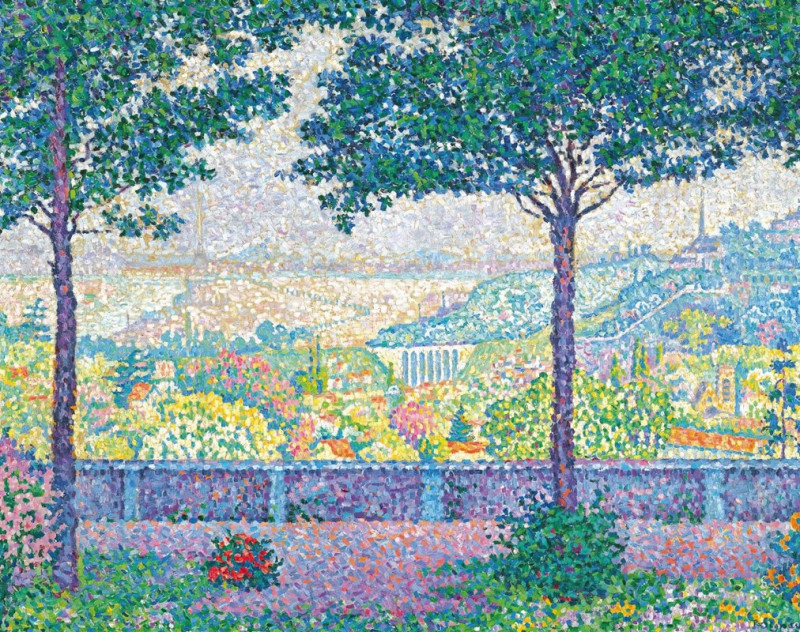

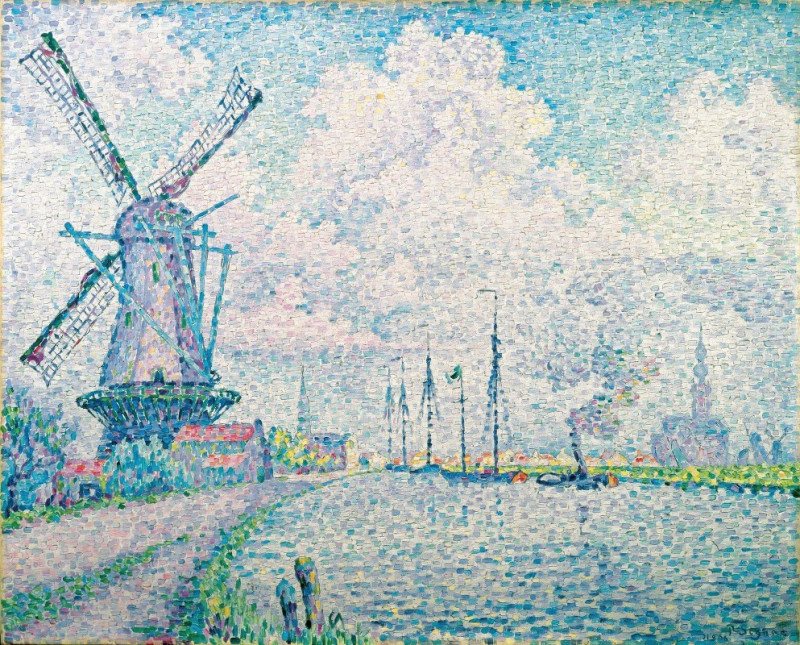
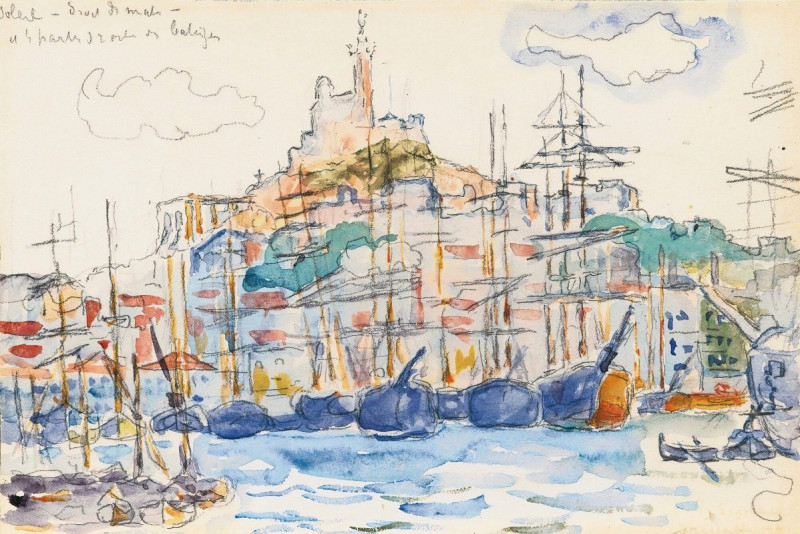
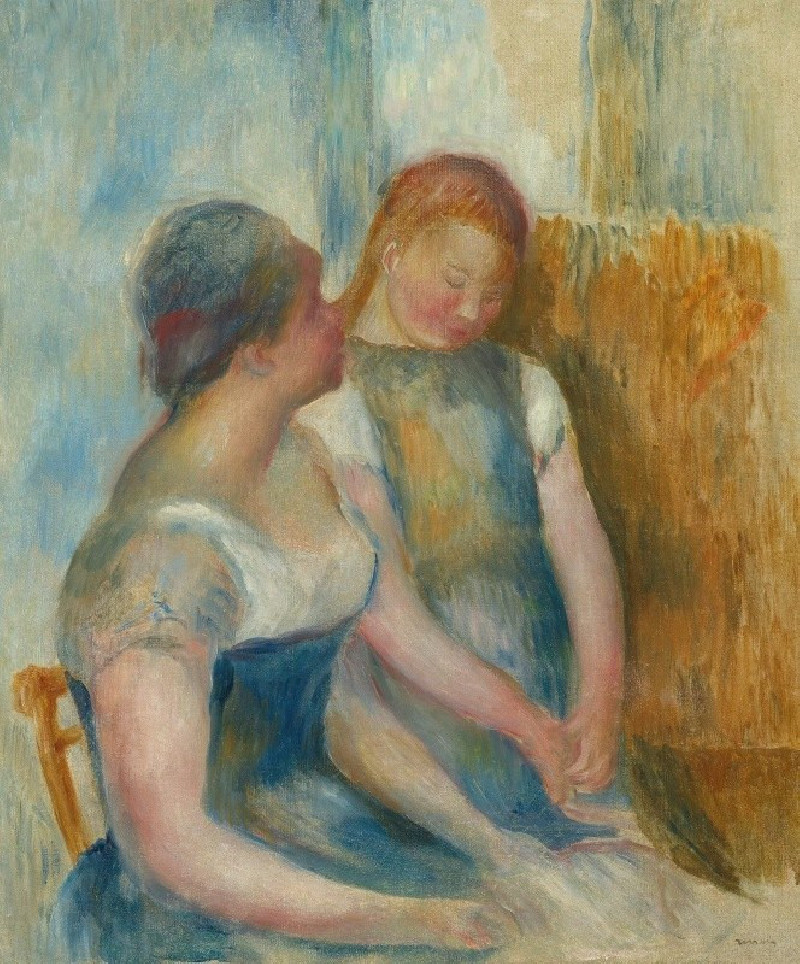

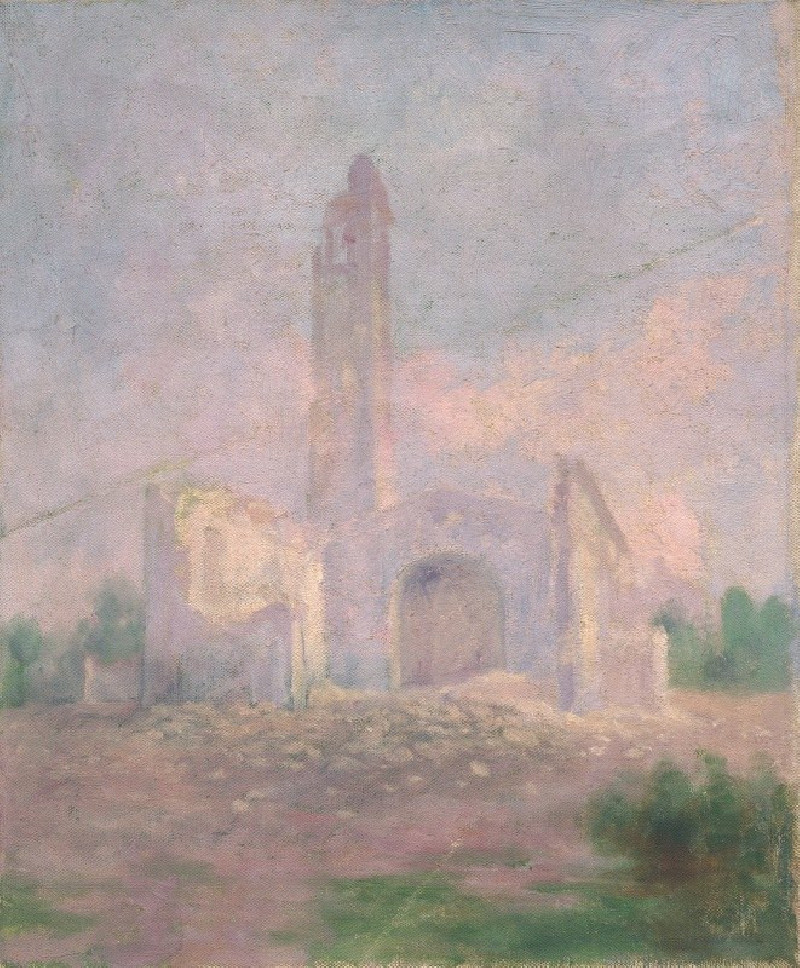
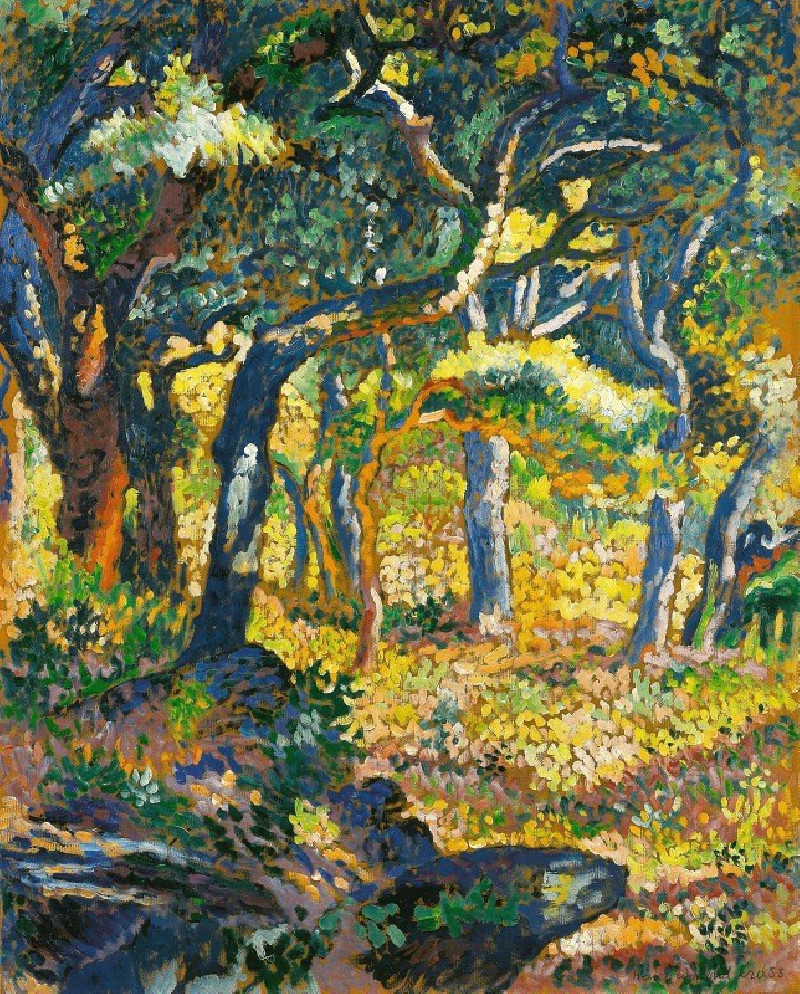
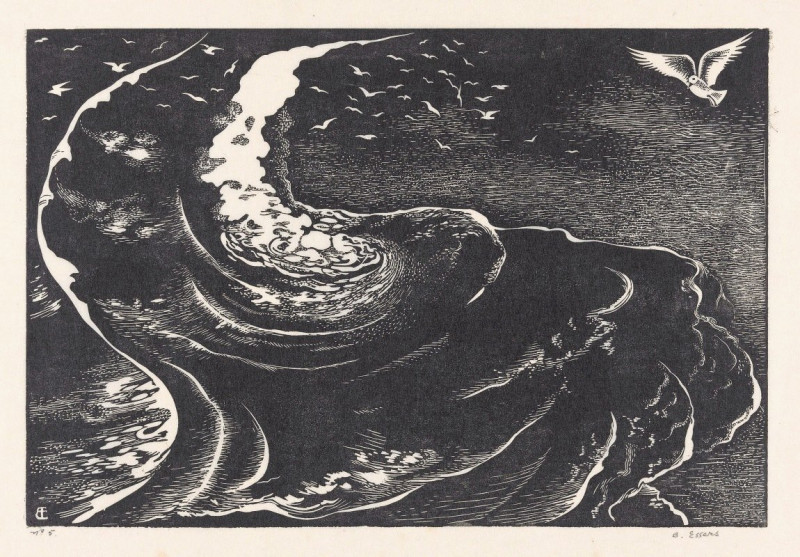
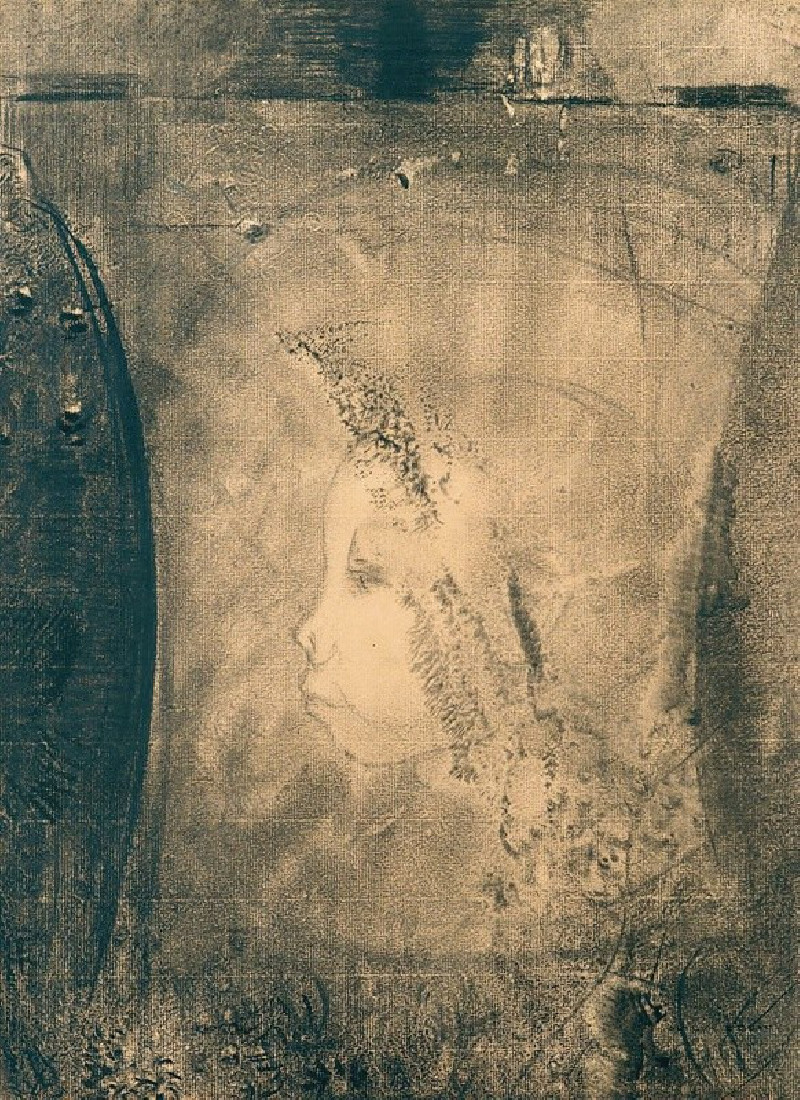

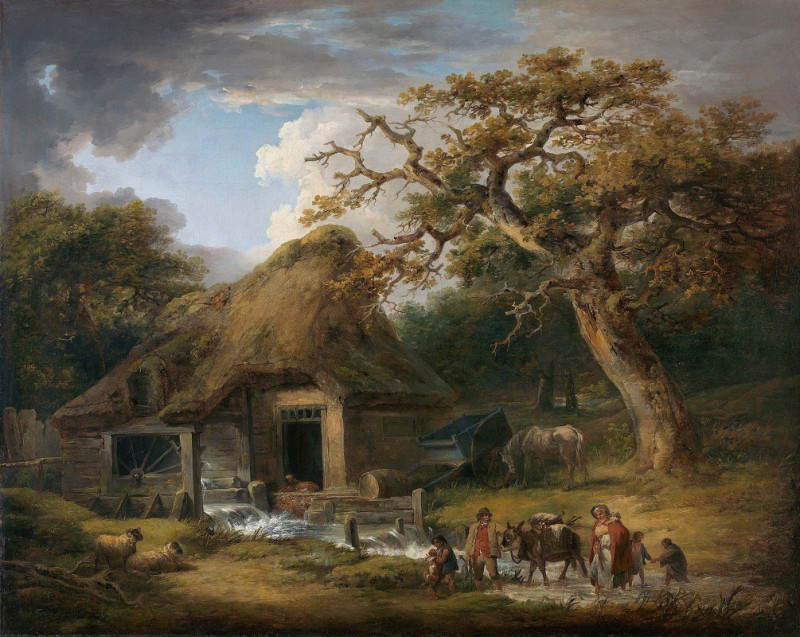
![Karnac [Karnak]. Nov. 29th, 1838 (1846-1849) reproduction of painting by David Roberts. ALL GICLEE PRINTS](https://reprodukcijos.lt/39232-large_default/reproduction-of-karnac-karnak-nov-29th-1838-1846-1849.jpg)
